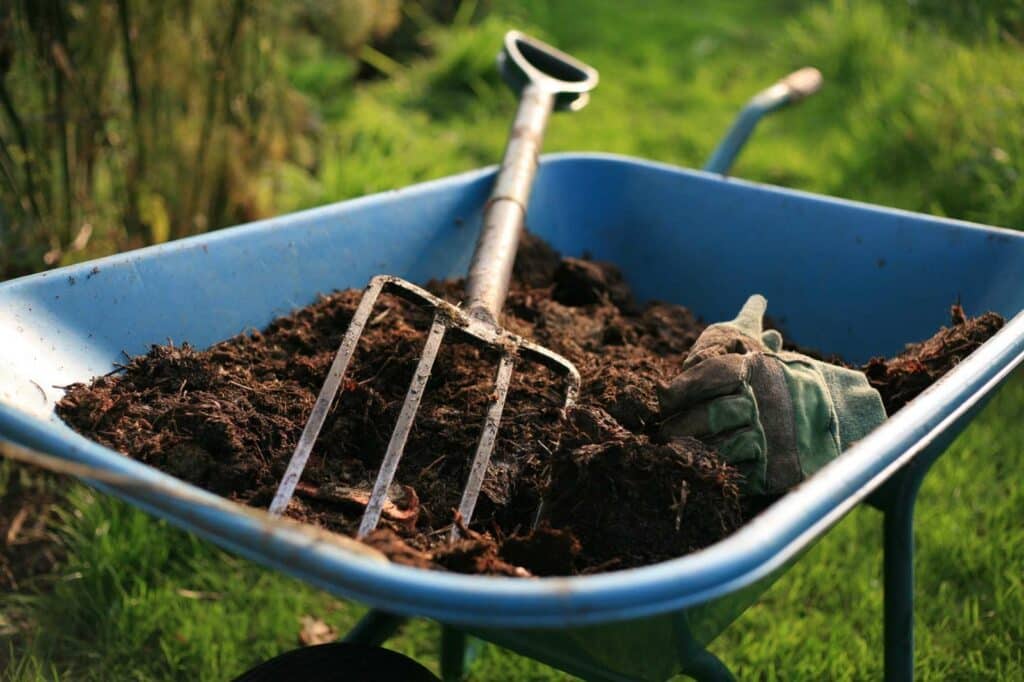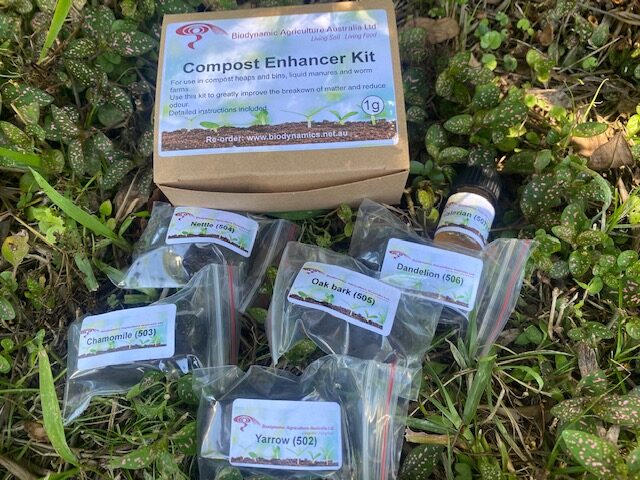We use cookies on this site to enhance your user experience. By continuing, you agree to their use. For more information please view our Privacy Policy.
Your Cart
No products in the cart.
100% Secure Checkout!


